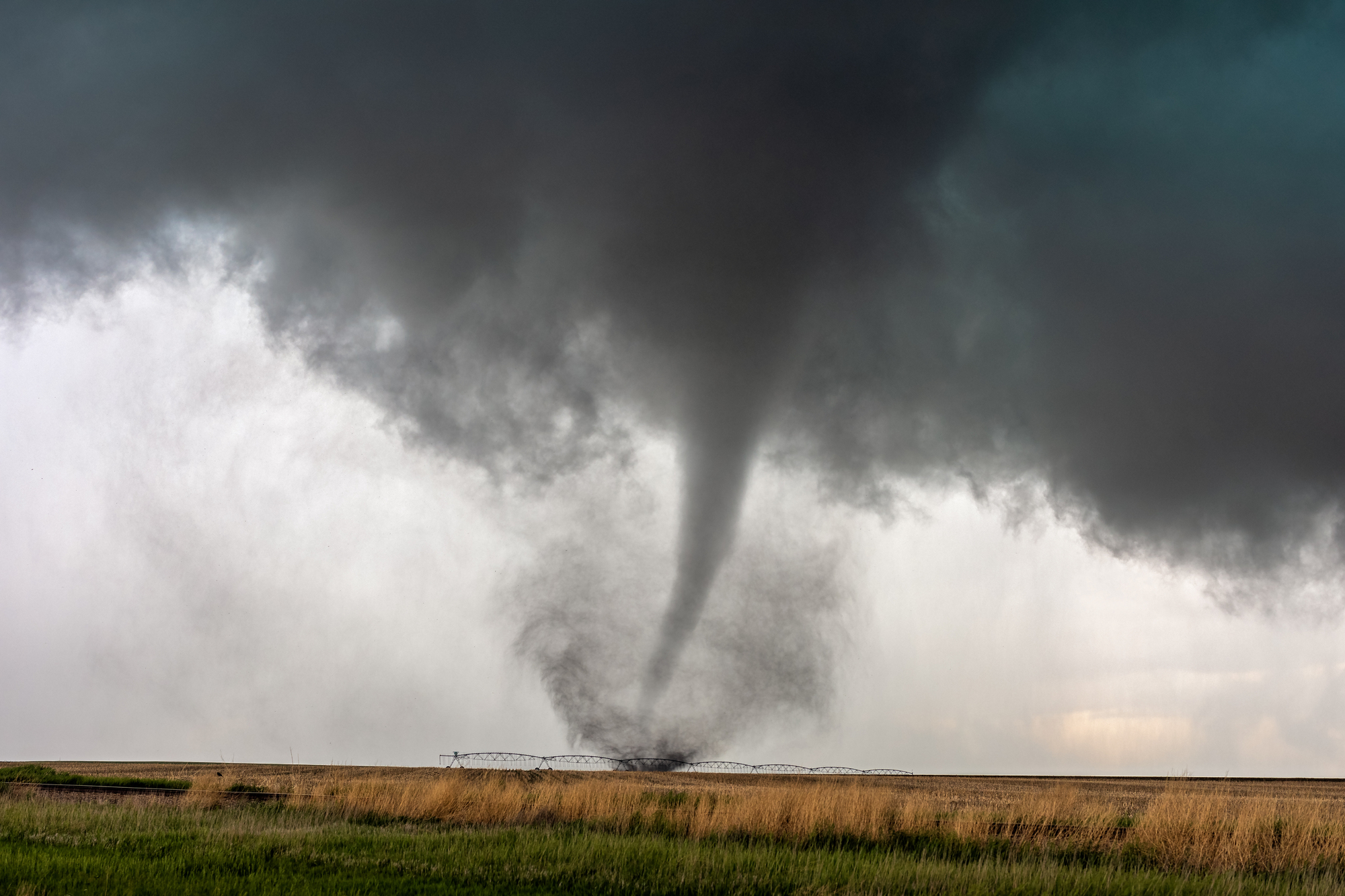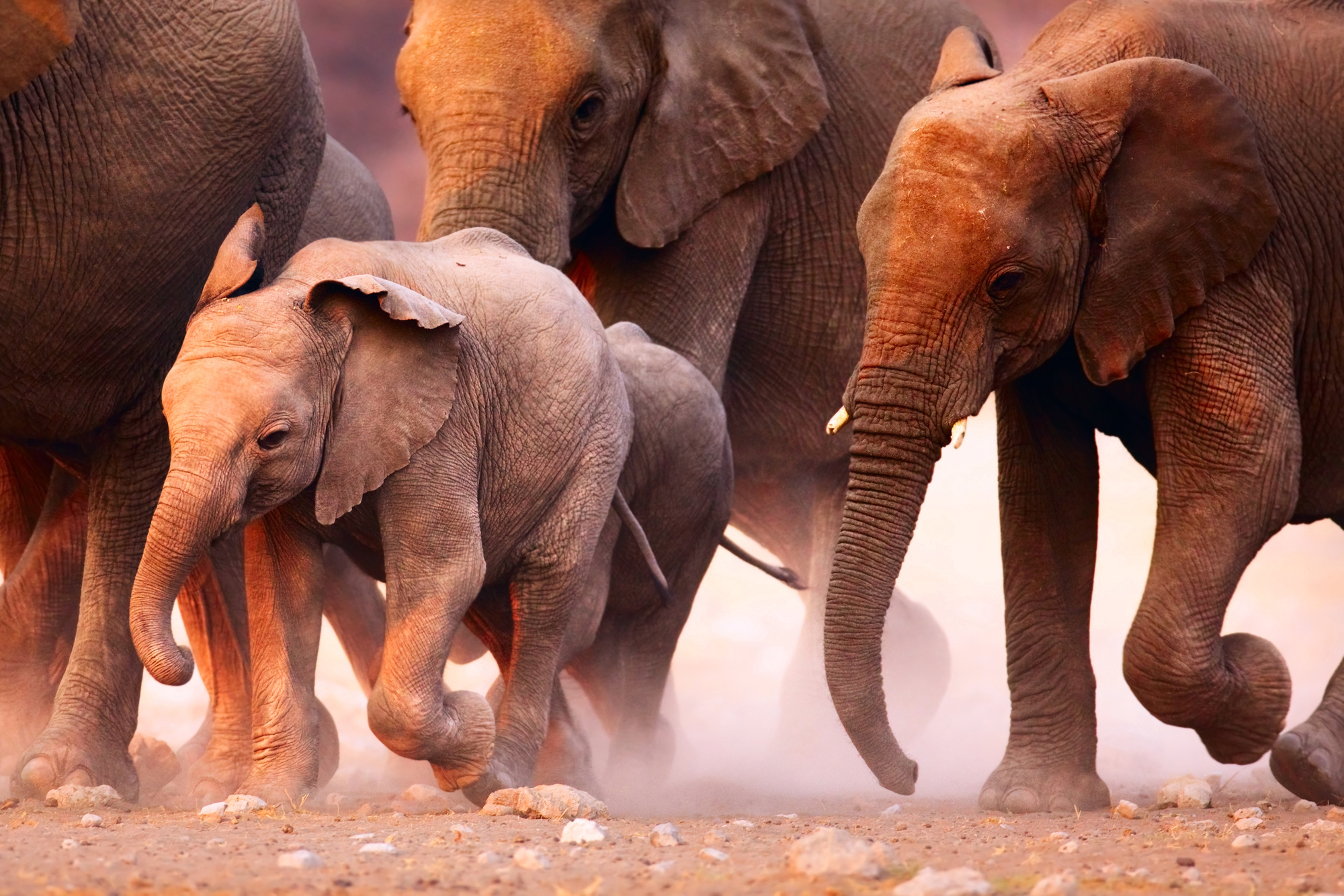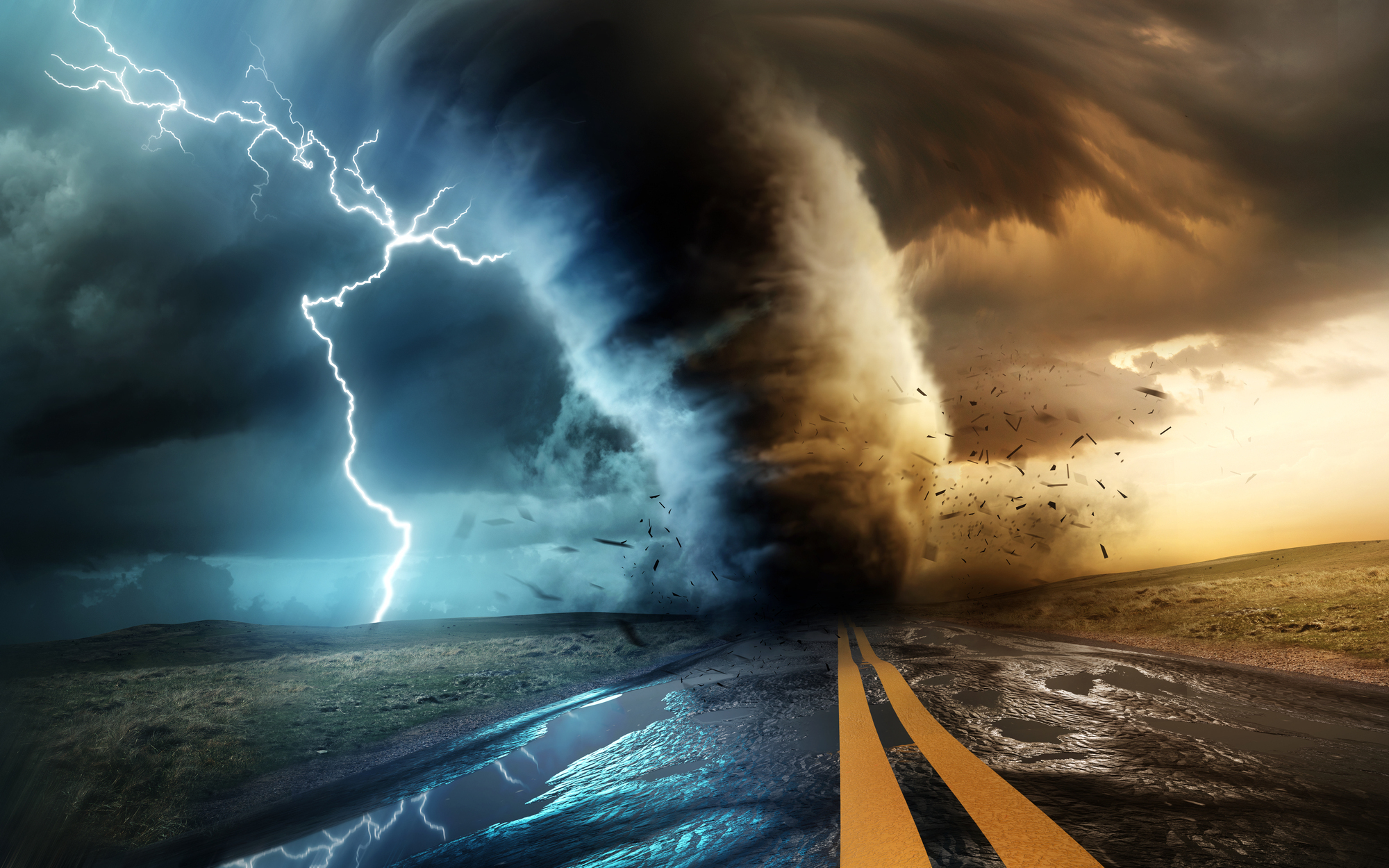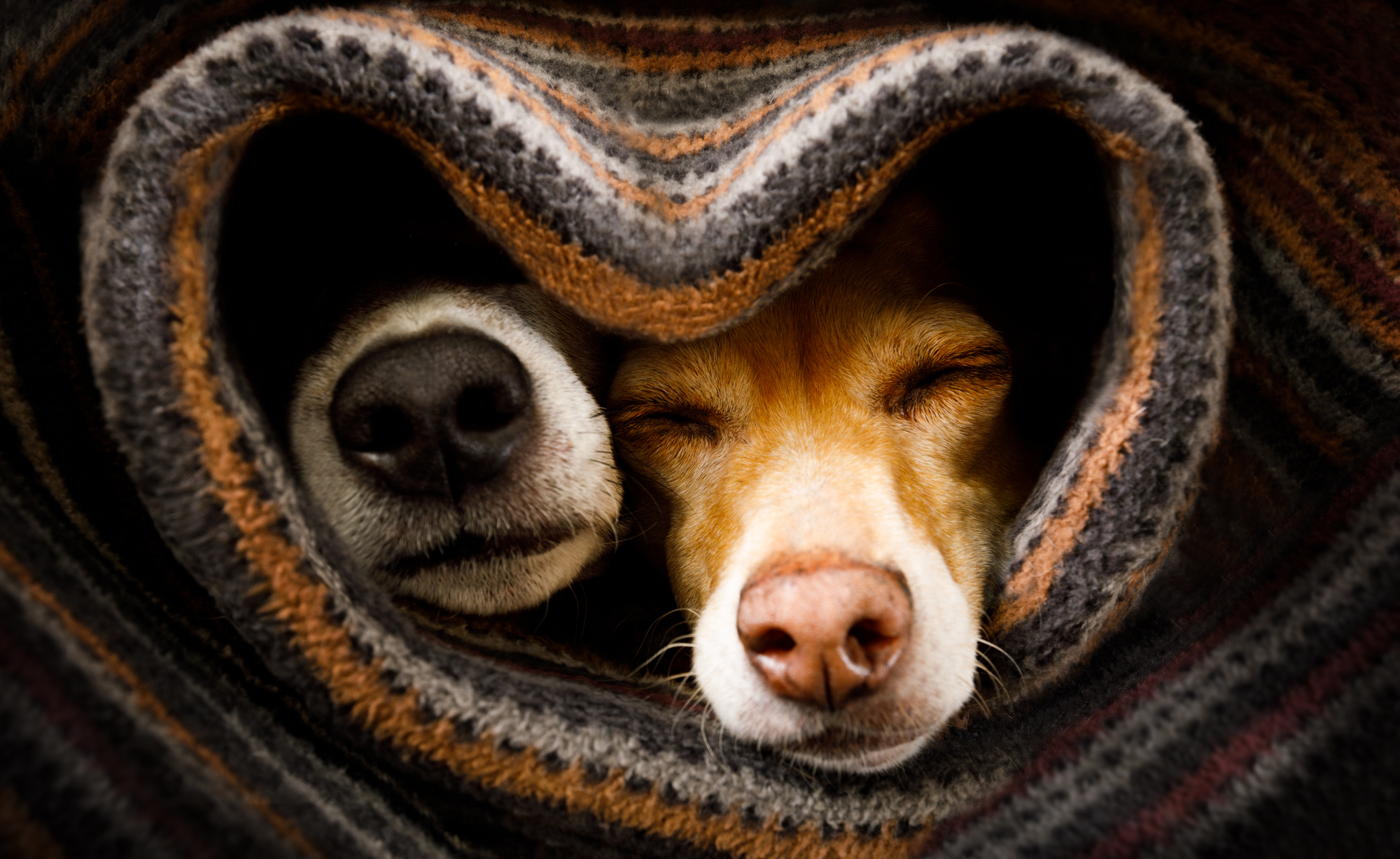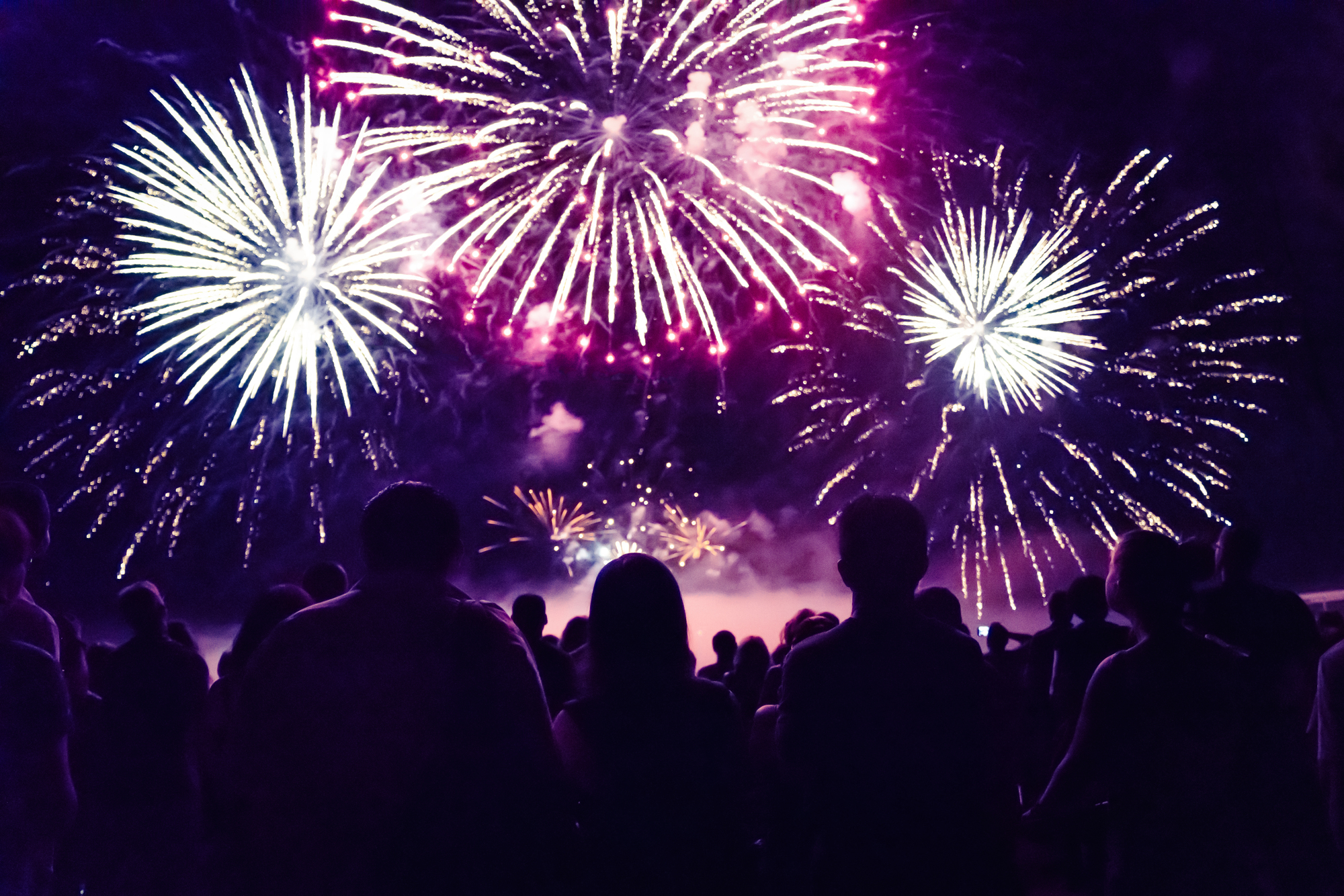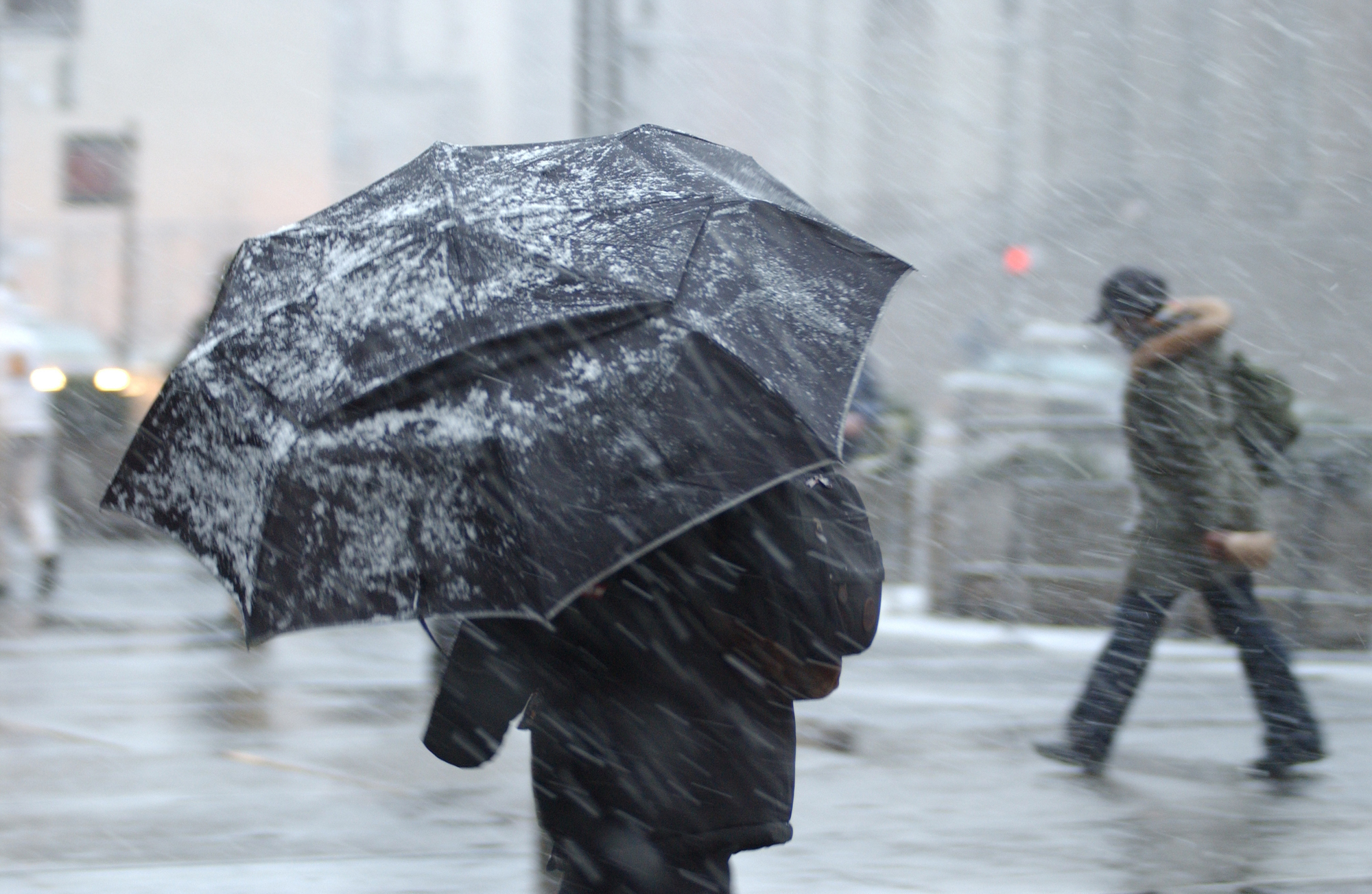
Time out
Getty Images/iStockphoto
Have your PR team taken the time to understand the exact requirements journalists have regarding image, video and audio file selection and usage? This article might be an excellent place to start.
Many in the PR space need to understand copyright rules on the images, video, and audio content they provide to journalists and media representatives. They may provide visual and audio assets to the media in ways that guarantee journalists, and the press can never use them. To complicate matters further, some countries and jurisdictions have much more stringent copyright and usage guidelines that limit media usage and open organisations up to legal exposure. While it is impossible to cover every jurisdiction in one article or provide definitive legal advice on the media use of your collection, we can provide some basic understanding to allow you to start considering the legal implications of how and what you provide to the media. For the sake of this article, we focus only on the Title 17 of the United States code.
The critical issues with image, video, and audio file usage
The first two areas to consider are:
- Copyright protection of the photographer's, videographers, and audio creators' rights.
- Personality rights protect the use of the person's image from being associated with commercial services they disapprove of.
What do you really own?
Getty Images/iStockphoto
The most common mistake made when commissioning a creator of video, images or audio files is that you own the work outright. That’s rarely true. Photographers, videographers and recordists have inalienable rights under copyright rules.

What do you really own?
Getty Images/iStockphoto
The most common mistake made when commissioning a creator of video, images or audio files is that you own the work outright. That’s rarely true. Photographers, videographers and recordists have inalienable rights under copyright rules.
How these rules apply in journalism
Creators' rights
Journalists seek the licensing for the images, videos, and audio files they use from sources like Reuters, AP, Getty, or perhaps a freelance photographer, videographer, or audio recordist.
Journalists can't just use the images, videos, and audio files they discover without permission. For newsworthy photos, the photographer expects compensation to grant that permission.
If you're the one engaging a creator for these tasks, it's essential that you clarify and document these permissions in advance and document the agreement. You need to maintain a record of the origins and ownership if the file in the metadata for the digital assets works best for journalists. For best practices, you want to supply authorisation to use the digital assets when downloaded by the journalist.
Personality rights
As for personality rights, which are relatively universal worldwide, editorial use is protected. Personality rights are less of a concern for you and journalists unless how these assets are used in PR falls into a grey area of "commercial use".

Smile
Getty Images/iStockphoto
What are the rules when using images and videos with people? Are they the same for commercial and editorial use? Do I need to supply releases to journalists?

Smile
Getty Images/iStockphoto
What are the rules when using images and videos with people? Are they the same for commercial and editorial use? Do I need to supply releases to journalists?
Commercial use
"Commercial use" varies by region, with the restrictions commonly found on use in advertising. If you use someone's digital asset to advertise a product they don't endorse, you engage in libel. This is why photographers get model releases when making images for commercial use. As a commercial business, it is best to have a Digital Asset Management solution connected to your online newsroom to manage this process and to reduce the risk of your PR team making mistakes.
Copyright and Fair Use for The Content Creator
Copyright attaches as soon as a work of authorship is created. It does not require the author to file any special paperwork, as do patents or trademarks. The work can be literary, written, dramatic, artistic (photographs, video, audio, infographics, etc.), musical, and other works.
A copyright holder has four exclusive rights (17 USC Section 106):
- Reproduce the copyrighted work
- Display the copyrighted work publicly
- Prepare derivative works based on the copyrighted work
- Distribute copies of the copyrighted work to the public by sale, rental or lending, and/or display the image.
Copyright does not apply to:
Copyright does not protect facts, ideas, systems, or methods of operation, although it may protect how these things are expressed.
Works in the public domain:
- The term of copyright for the work has expired
- The author of a work published before 1978 failed to satisfy statutory formalities to perfect the copyright
- The copyright owner has dedicated the copyright term to the public or
- The U.S. Government is the source.
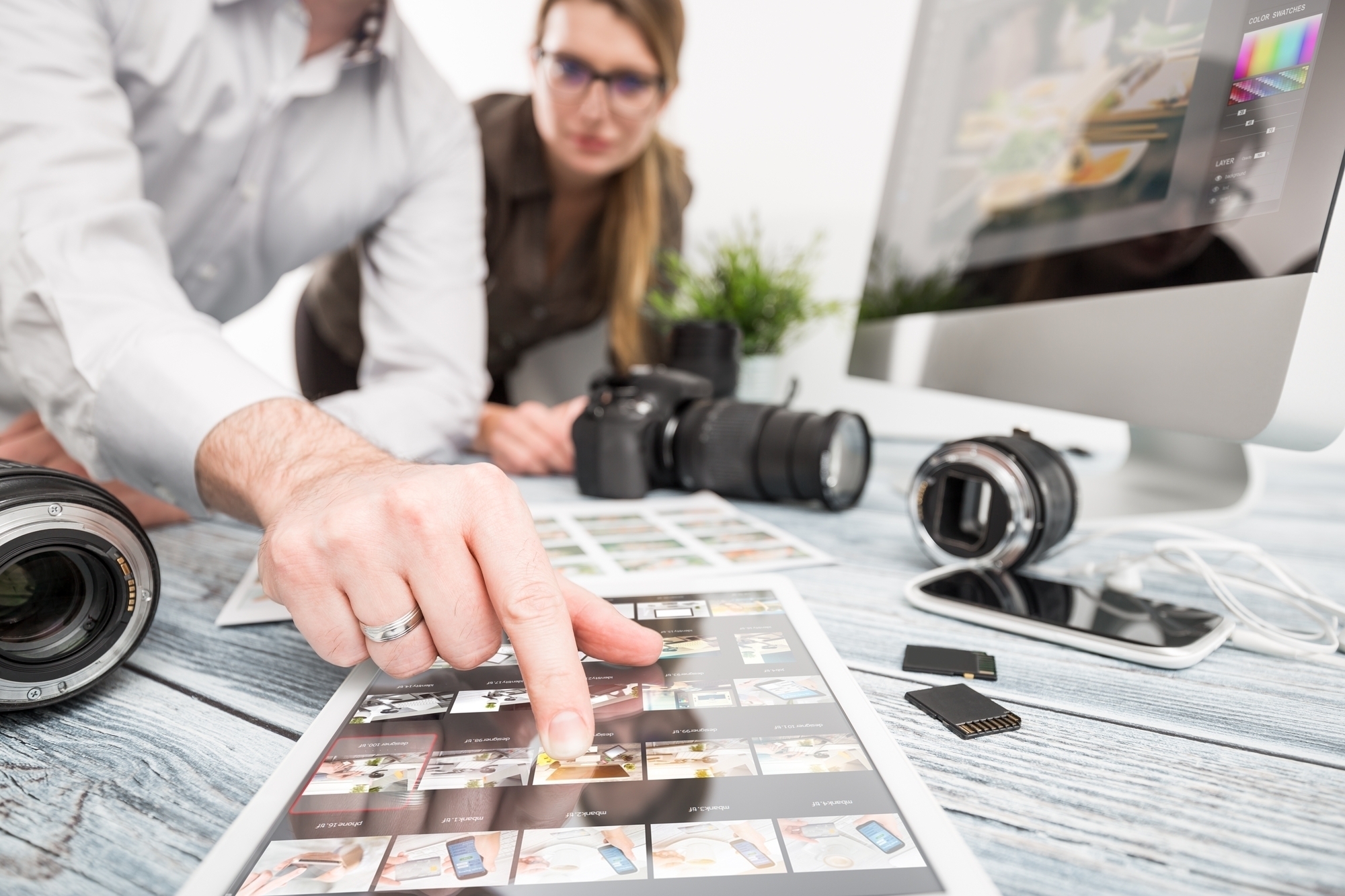
Where does PR fall in the copyright spectrum?
Getty Images/iStockphoto
Where does PR fall in the copyright spectrum? Is it commercial work? Is it editorial? Does it fall into a grey area? What principles and protocols are you applying to the digital assets your PR team provide to the media?

Where does PR fall in the copyright spectrum?
Getty Images/iStockphoto
Where does PR fall in the copyright spectrum? Is it commercial work? Is it editorial? Does it fall into a grey area? What principles and protocols are you applying to the digital assets your PR team provide to the media?
For the Content User
In the United States uses of images, videos and audio files may fall under the Fair Use" Doctrine, Section 107 (17 USC Section 107) of the Copyright Act states, which states:
The fair use of a copyrighted work, including such use by reproduction in copies or phonorecords or by any other means specified by that section, for purposes such as criticism, comment, news reporting, teaching (including multiple copies for classroom use), scholarship, or research, is not an infringement of copyright.
In determining whether the use made of a work in any particular case is a fair use, the four factors to be considered shall include:
- The purpose and character of the use, including whether such use is of a commercial nature or is for non-profit educational purpose
- The nature of the copyrighted work
- The amount and substantiality of the portion used concerning the copyrighted work as a whole
- The effect of the use upon the potential market for or value of the copyrighted work.
- To help support a fair use case for reusing an image:
- Use thumbnail versions when possible
- Place the image in a new context or use it for a new purpose
- Use only the parts of the image needed for the purpose
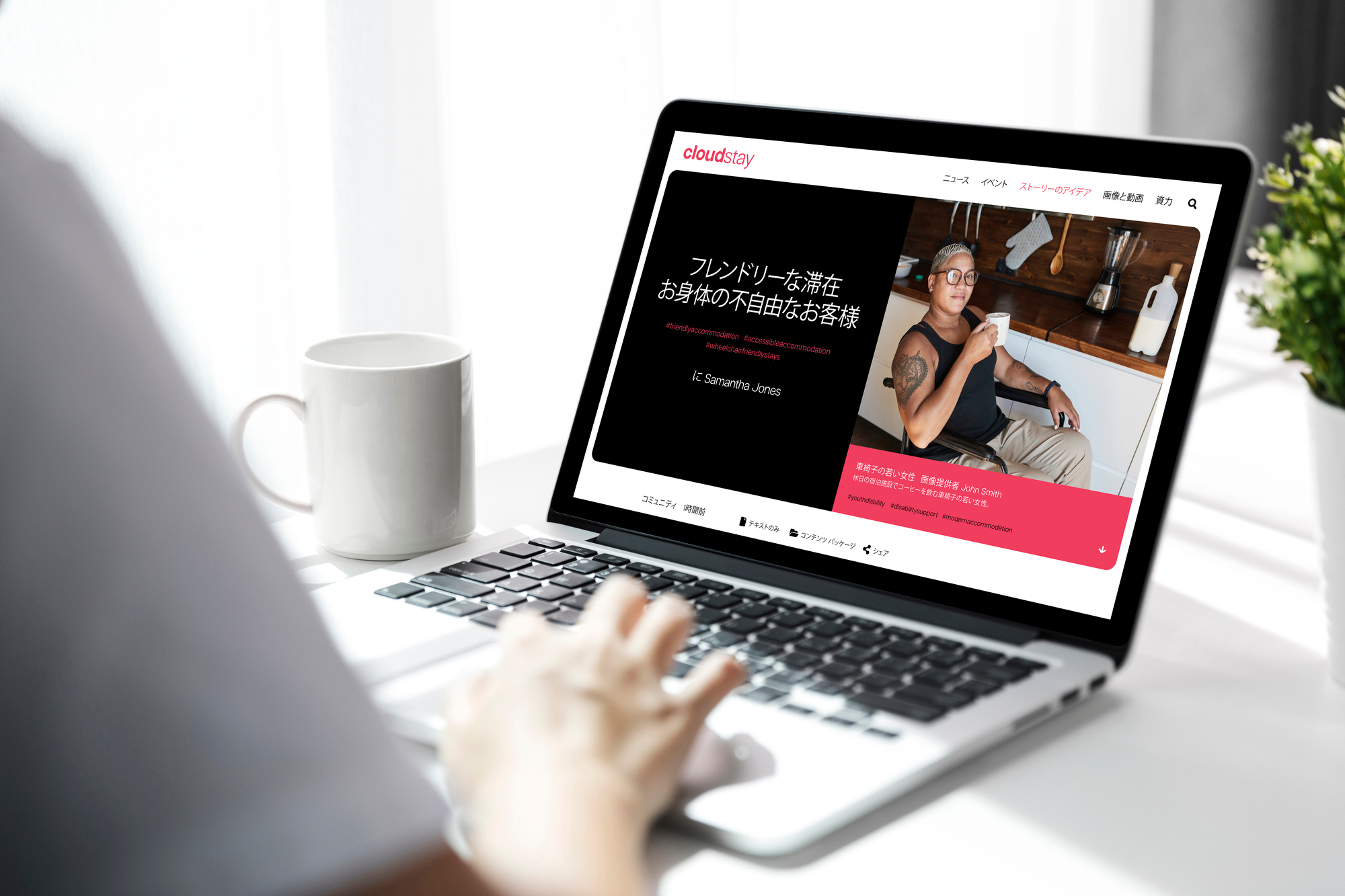
Different jurisdictions, different rules
Getty Images/iStockphoto
While there are common themes to copyright and “Fare Use” for digital asset usage in the media, there are variations across different jurisdictions. Understanding the rules is essential if the goal of your PR is exposure in foreign markets.

Different jurisdictions, different rules
Getty Images/iStockphoto
While there are common themes to copyright and “Fare Use” for digital asset usage in the media, there are variations across different jurisdictions. Understanding the rules is essential if the goal of your PR is exposure in foreign markets.
Seek legal advice
This article serves only as an opportunity to make you and your team aware of the legal and ethical responsibilities of applying and providing digital assets in your PR strategies. It also provides an introductory guide to journalists' duties to their publishers. Do not use this as a definitive guide; instead, seek independent legal advice on creating a policy that applies to your collections, usage and jurisdictions.



